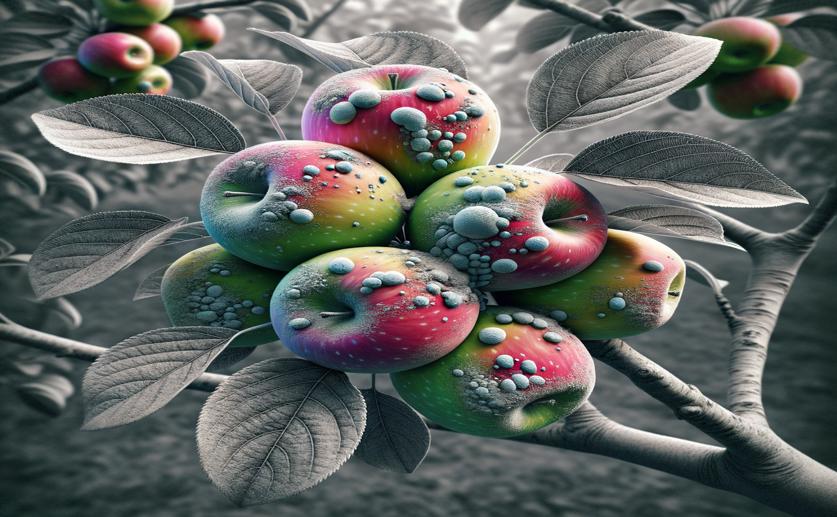
Fungal Invasion Boosts Salicylic Acid and Anthocyanin Production in Apples
Jenn Hoskins
26th June, 2024

Image Source: Natural Science News, 2024
Key Findings
- Researchers at Shandong Agricultural University found that fungal infections in apples cause red circles around necrosis areas due to high anthocyanin levels
- The study revealed that salicylic acid (SA) from fungal invasion boosts anthocyanin production in apples
- Key genes, MdNPR1 and MdTGA2.2, were identified as crucial for SA-induced anthocyanin biosynthesis, enhancing fruit coloration
References
Main Study
1) Fungal invasion-induced accumulation of salicylic acid promotes anthocyanin biosynthesis through MdNPR1-MdTGA2.2 module in apple fruits.
Published 25th June, 2024
https://doi.org/10.1111/tpj.16890
Related Studies
2) Salicylic acid regulates phenolic acid biosynthesis via SmNPR1-SmTGA2/SmNPR4 modules in Salvia miltiorrhiza.
3) The Arabidopsis NPR1 gene that controls systemic acquired resistance encodes a novel protein containing ankyrin repeats.
Journal: Cell, Issue: Vol 88, Issue 1, Jan 1997



 7th June, 2024 | Jenn Hoskins
7th June, 2024 | Jenn Hoskins